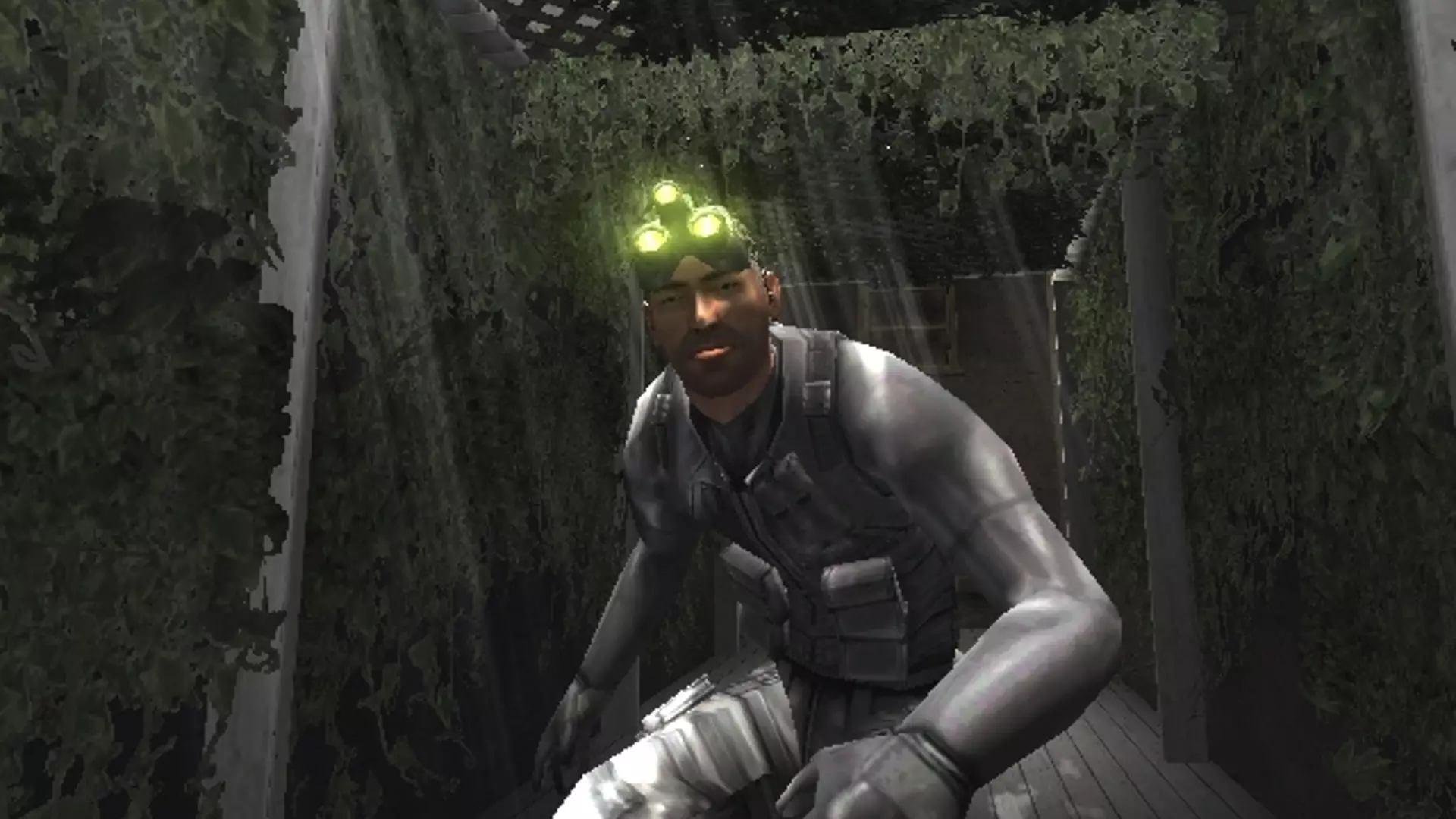“Splinter Cell: Chaos Theory” is often heralded as a watershed moment in gaming, particularly in the realm of stealth-based experiences. The game represents a high watermark in graphical fidelity, a feat that was masterfully discussed by Clint Hocking, the game’s creative director. Hocking’s remarks reveal the extent of ambition and innovation that the development team employed to extract every ounce of potential from that generation’s hardware. When he states that they couldn’t push the tech further even if they tried, it emphasizes a crucial juncture in gaming history—where creativity was matched, if not surpassed, by technological prowess.
As the gaming landscape burgeoned with possibilities, “Chaos Theory” not only showcased sophisticated graphics but also wove intricate narratives and compelling gameplay mechanics that captivated players. It stood out as a quintessential example of what was achievable in the early 2000s, marking the transitional phase that would eventually lead to the next generation of consoles.
The Shift Initiated by Xbox
The arrival of the original Xbox initiated a significant shift in gaming dynamics and visual presentation. Unlike its predecessors, the Xbox featured advanced hardware that enabled developers to stretch the boundaries of their imaginations. Hocking emphasizes this revolutionary aspect, explaining how this console catalyzed a paradigm shift in rendering technologies. The leap was not just minor improvements; it represented a new frontier that reevaluated what was possible in interactive storytelling and visual immersion.
The developers were naturally encouraged by the new opportunities that the Xbox presented. However, it’s also pivotal to recognize the time it typically takes for developers to fully exploit new hardware. “Chaos Theory,” arriving just months before the Xbox 360, symbolizes a rare moment where developmental maturation and technological readiness intersect. Here, SPlinter Cell became a benchmark for how far a stealth game could go in terms of graphics and intricate gameplay mechanics.
Lasting Impact and Legacy
The reception of “Chaos Theory” across multiple platforms was overwhelmingly positive, but it was on the Xbox that the game truly shined, achieving remarkable scores and accolades. The game’s ability to leverage the Xbox’s capabilities was no small feat—it was the culmination of the hard work, vision, and artistry of a talented team. Such dedication ensured that “Chaos Theory” was not just a game of its time but an enduring legacy that continued to influence the design of stealth mechanics and visual storytelling in video games.
Looking at the trajectory that “Splinter Cell: Chaos Theory” helped define, one could argue that it laid the groundwork for future innovations in the gaming industry, not just in graphics but also in narrative depth and player engagement. The dialogues initiated around its technological advancements still resonate today, making it a quintessential study for developers and enthusiasts alike.
In an era where every inch of graphical performance is subjected to scrutiny, “Chaos Theory” stands as a pioneering testament to what can be achieved when creativity, technology, and execution align perfectly. Its legacy continues to inspire new generations of game developers eager to explore the uncharted territories of interactive entertainment.

